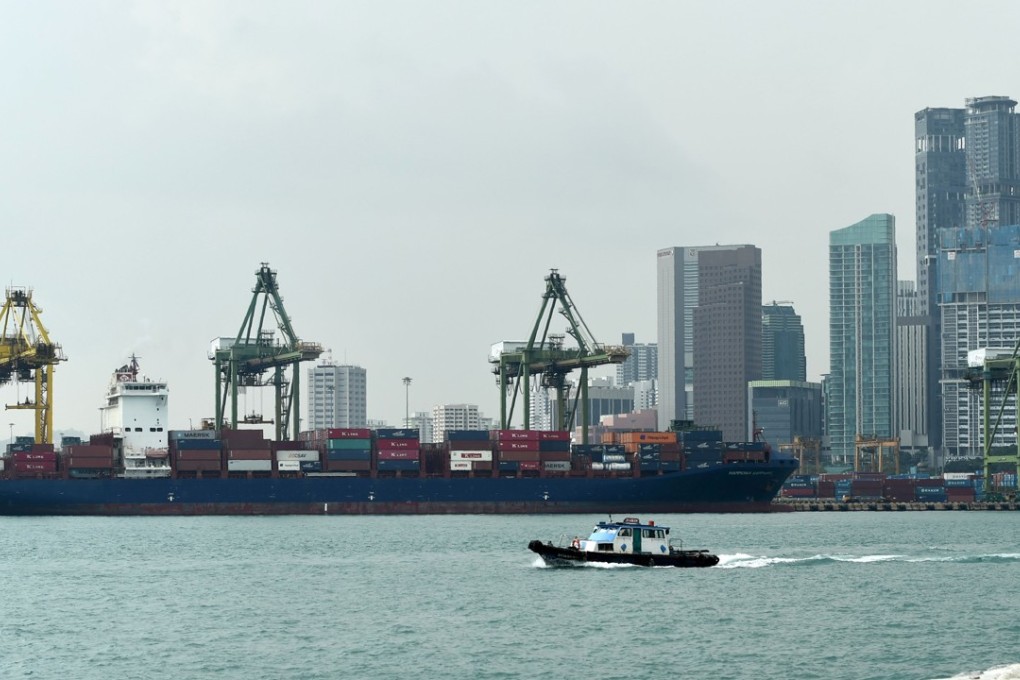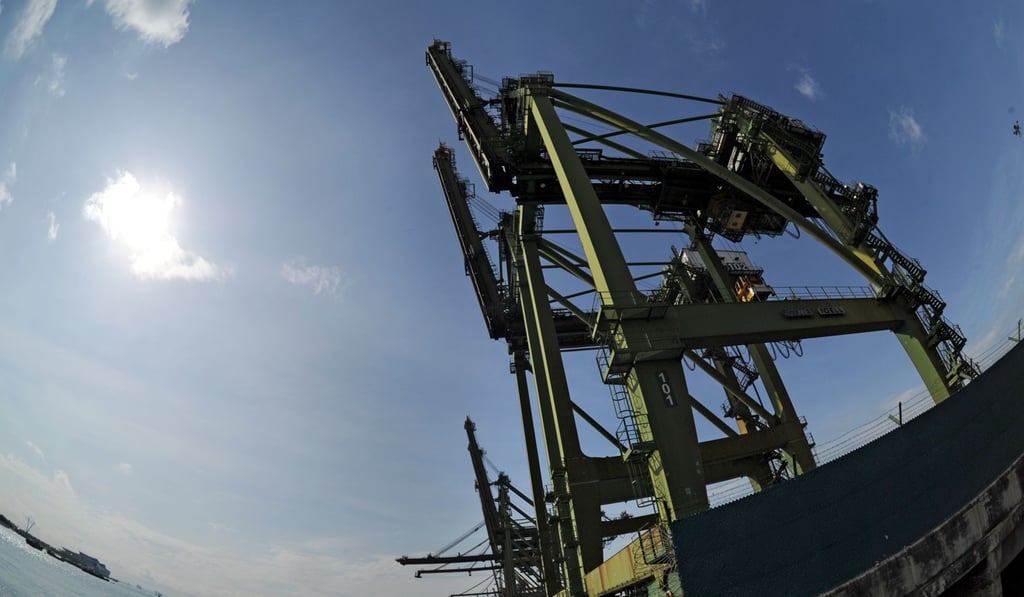Singapore’s Tuas mega-port: plain sailing ahead?
The Lion City hopes a new multibillion-dollar facility will help keep it the world’s largest transshipment hub. But there’s a rising tide of pretenders to its crown

Work is slowly winding down at the container terminals in Singapore’s bustling commercial centre.
Giant cranes at the iconic Tanjong Pagar Terminal – long seen as a barometer for the city state’s economic health – are no longer used to service hulking container ships. Instead, they are ready to be dismantled, their parts to be sold as scrap metal.
This is just one step in Singapore’s great port migration to its new, multibillion-dollar home far west of the island: the upcoming Tuas mega-port, primed as the crown jewel of its maritime industry.

In April, the MPA awarded a S$1.46 billion (HK$8.8 billion) contract to a global consortium for the second phase of development at the port, which includes work to dredge the Tuas basin, set up wharf structures and reclaim 387 hectares of land, more than three times the area of Hong Kong Disneyland Resort.
The Tuas mega-port, when completed in 2040, will be able to handle up to 65 million standard-sized containers, up from some 40 million today. It will house all of Singapore’s container activities, running on emerging technologies, automation and data analytics.
